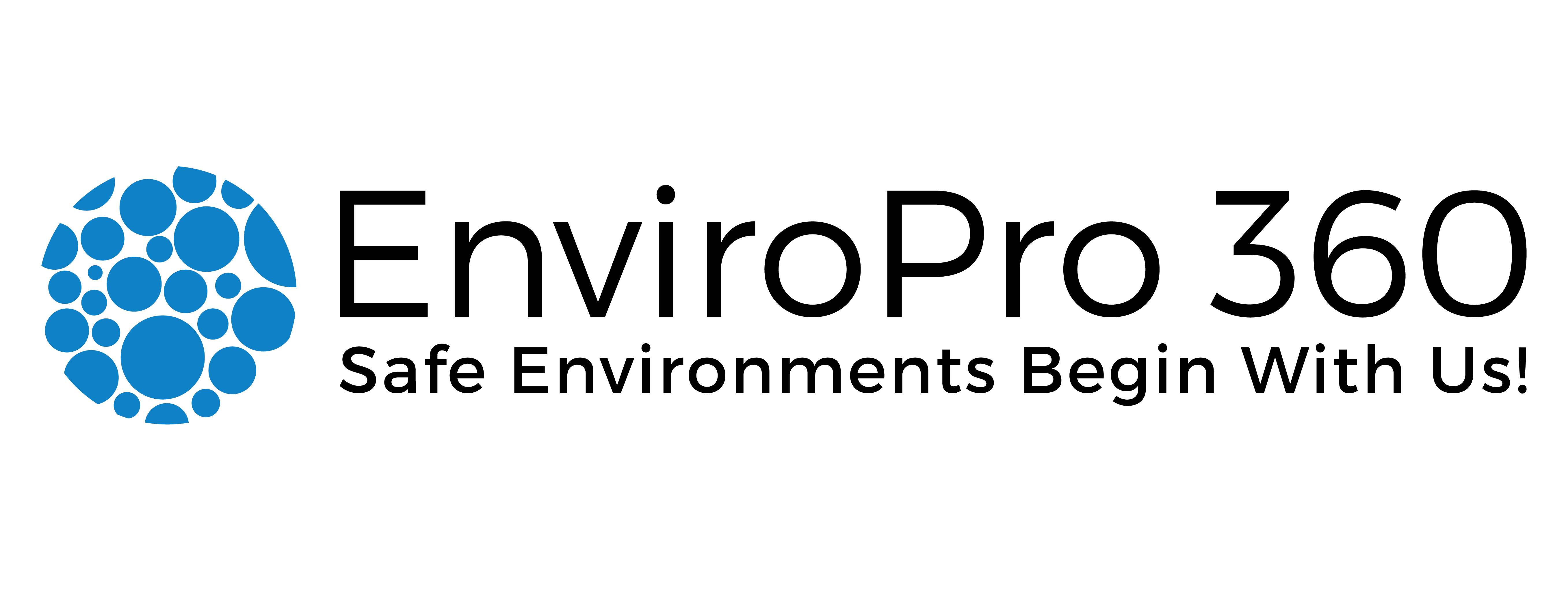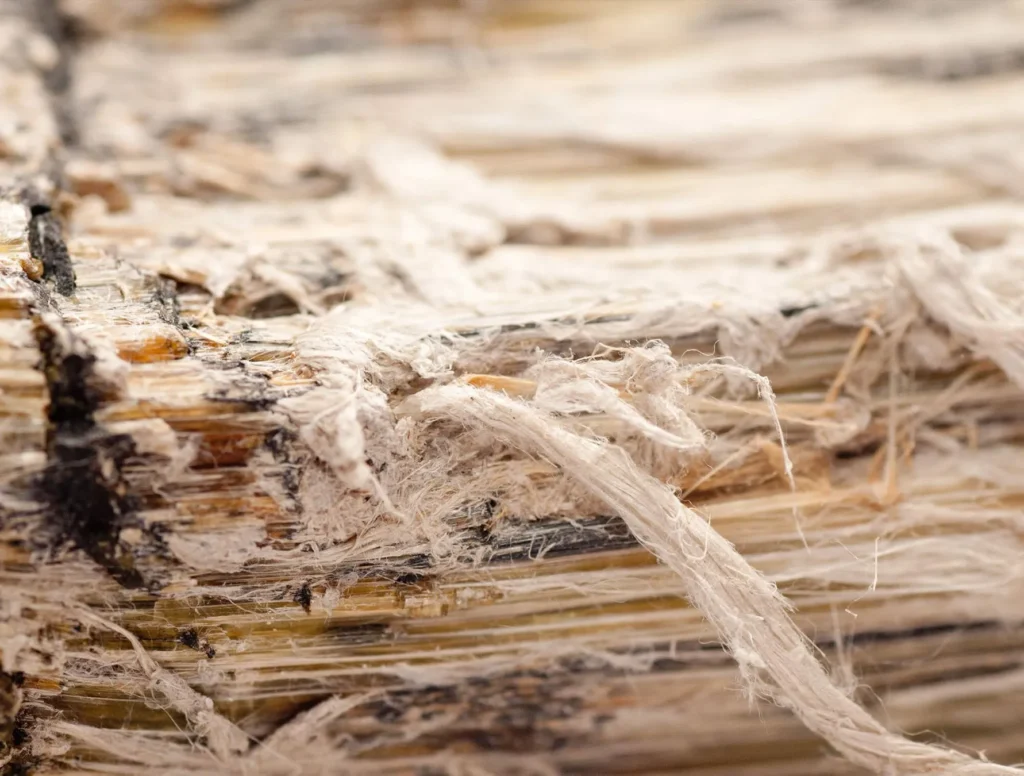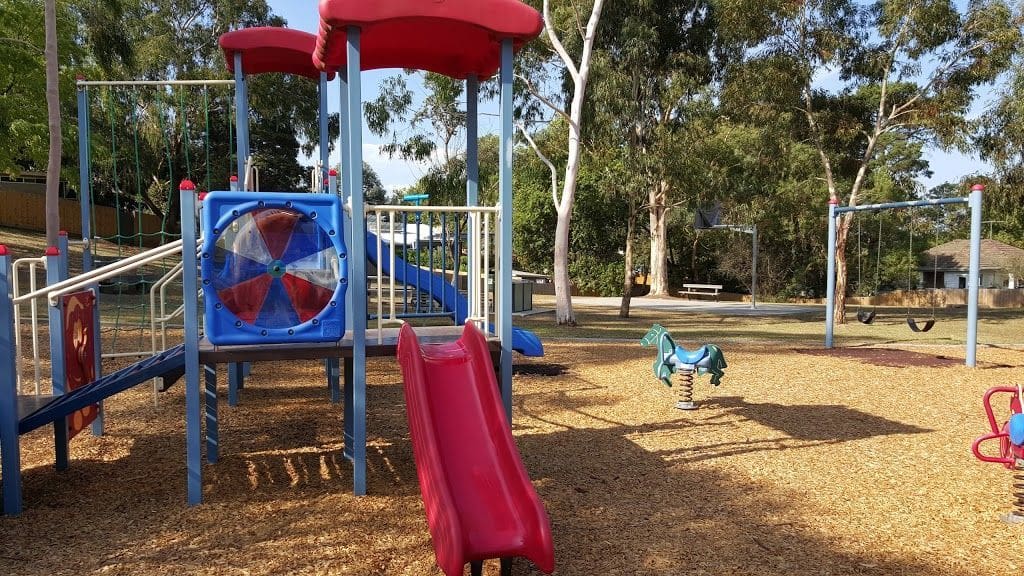Let’s be real—mold is stealthy. It doesn’t always pop up as a big fuzzy patch on the ceiling. Sometimes, it hides out behind walls, under floors, or inside your HVAC system, quietly thriving in damp, dark corners. And by the time you see it, you might already have a bigger problem on your hands.
So, how do you actually find mold before it spreads or impacts your health? Good news: it’s not always about what you see—sometimes it’s about what you smell, feel, or even hear (hello, mysterious dripping sounds).
Let’s walk through how you can track down mold in your home or business—and when it’s time to bring in the pros.
First, Know What Mold Needs to Grow
Mold doesn’t just appear out of nowhere. It needs a few key ingredients: moisture, warmth, and organic material. That’s why bathrooms, basements, kitchens, and crawlspaces are such popular mold hangouts.
Once spores land in a cozy spot with just the right humidity, they start to grow and spread. The trick is catching it before it gets too comfortable.
The Classic Signs That Mold Might Be Lurking
Smell something musty? That earthy, damp odor that just won’t go away is often one of the first signs of hidden mold. Even if you don’t see anything suspicious, that smell is worth investigating.
Visible spots or discoloration: Mold doesn’t always look like the dramatic black blotches you might imagine. It can be green, white, brown, or even pink—appearing as dots, streaks, or patches.
Health symptoms that won’t quit: Constant sneezing, coughing, itchy eyes, or headaches, especially when you’re indoors, could be triggered by mold exposure. If your symptoms improve when you leave the house, that’s a major clue.
Water damage or leaks: Any history of flooding, burst pipes, roof leaks, or even a dripping sink can create a perfect environment for mold growth—especially if it wasn’t dried out properly.
Where to Look for Hidden Mold
Mold likes to stay out of sight. Here’s where to check if you’re playing detective:
- Behind furniture or appliances: Check behind couches pushed up against walls, behind your fridge, washer, and under sinks.
- Inside cabinets and closets: Especially in kitchens and bathrooms. Humidity + darkness = mold party.
- Basements and crawlspaces: If your basement smells musty or feels damp, mold may be present.
- Ceilings and around windows: These are common spots for moisture to build up due to condensation or roof leaks.
- HVAC systems: Mold can thrive in ductwork, especially if there’s trapped moisture and poor airflow.
Use a flashlight and your nose—seriously. Light helps spot discoloration in darker areas, and your sense of smell might lead you right to the source.
Tools That Can Help Detect Hidden Mold
You don’t have to go full CSI, but a few tools can help with the hunt:
- Moisture meter: Measures moisture levels in materials like wood and drywall.
- Thermal imaging camera: Helps detect temperature differences that can reveal hidden leaks.
- Hygrometer: Monitors humidity levels in your home (aim for 30–50%).
- DIY mold test kits: These can give you some info, but results are often unreliable or hard to interpret.
When in doubt, it’s best to skip the guesswork and get a professional mold inspection.
What If You Suspect Mold but Can’t Find It?
That’s actually more common than you’d think. Mold doesn’t always grow in visible places. If you’ve gone through the usual spots and signs but still suspect something’s off—especially if your health is being affected—it’s time to go deeper.
This is where professionals step in. At EnviroPro 360, we use advanced equipment to detect mold in places the eye can’t see—inside walls, under floors, and in your air. Our certified inspectors can pinpoint the source, test the spores, and give you a clear picture of what’s going on and what needs to happen next.
What You Shouldn’t Do When You Find Mold
Don’t just paint over it. Mold can still grow and spread under paint or wallpaper.
Don’t try to clean large areas yourself. Small patches (under 10 square feet) might be safe to clean, but anything bigger—or if it keeps coming back—requires professional remediation.
Don’t ignore it. Even if the mold seems minor now, it can worsen over time and potentially affect your health, especially for children, elderly individuals, or anyone with asthma or allergies.
Stay Ahead of Mold Problems
Prevention is your best bet:
- Fix leaks immediately.
- Keep humidity levels in check.
- Use exhaust fans in bathrooms and kitchens.
- Make sure your home is well-ventilated, especially in moisture-prone areas.
But if mold still shows up, don’t stress—just act fast.
Let the Pros Handle Your Mold
Mold is tricky, but finding it doesn’t have to be. If you’re dealing with persistent odors, strange spots, or unexplained health issues, trust your gut—and then trust the experts.
At EnviroPro 360, we specialize in mold detection and environmental testing across Georgia and South Carolina. With over two decades of experience and certifications from IICRC, AIHA, and IAQA, we know exactly what to look for—and how to make your space safe again.
Let’s find the source and take the right steps forward—so you can breathe easy again.


